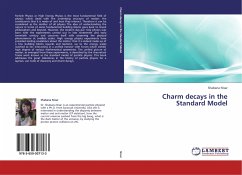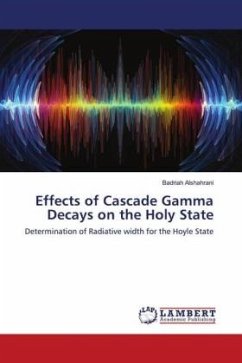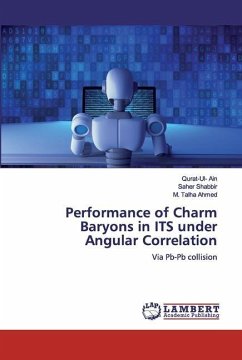Particle Physics or High Energy Physics is the most fundamental field of physics which deals with the underlying structure of matter: the constituents that it is made of and how they interact. Therefore it can be considered as the mother of all physics. The idea of understanding the nature in terms of some fundamental building blocks goes back to Greek philosophers and beyond. However, the modern day par- ticle physics was born with the experiments carried out in late nineteenth and early twentieth century and concerns itself with observing the physical phenomenon at smallest scales. High energy physics experiments have provided starling revelations about the matter: that it is indeed made up of a few building blocks (quarks and leptons), up to the energy scales reached so far, interacting in a unified manner with forces which exhibit high degree of various mathematical symmetries. The unified picture of matter, as emerged from these experiments, is described by the theoretical frame work known as the standard model of particle physics. This book addresses the great milestones in the history of particle physics for a layman, our tools of discovery and charm decays.








